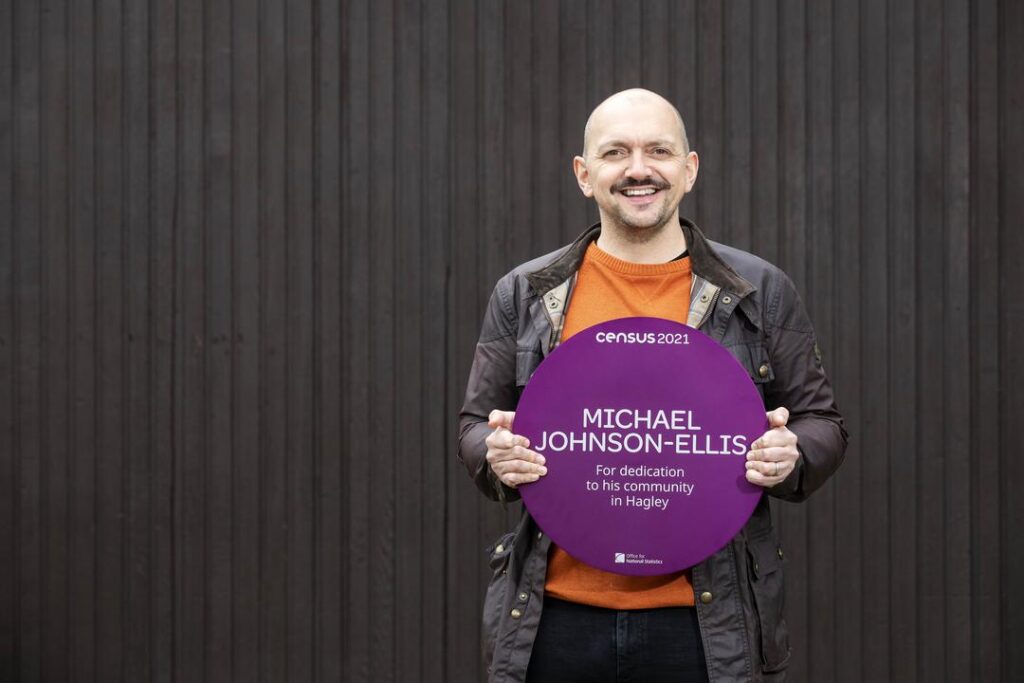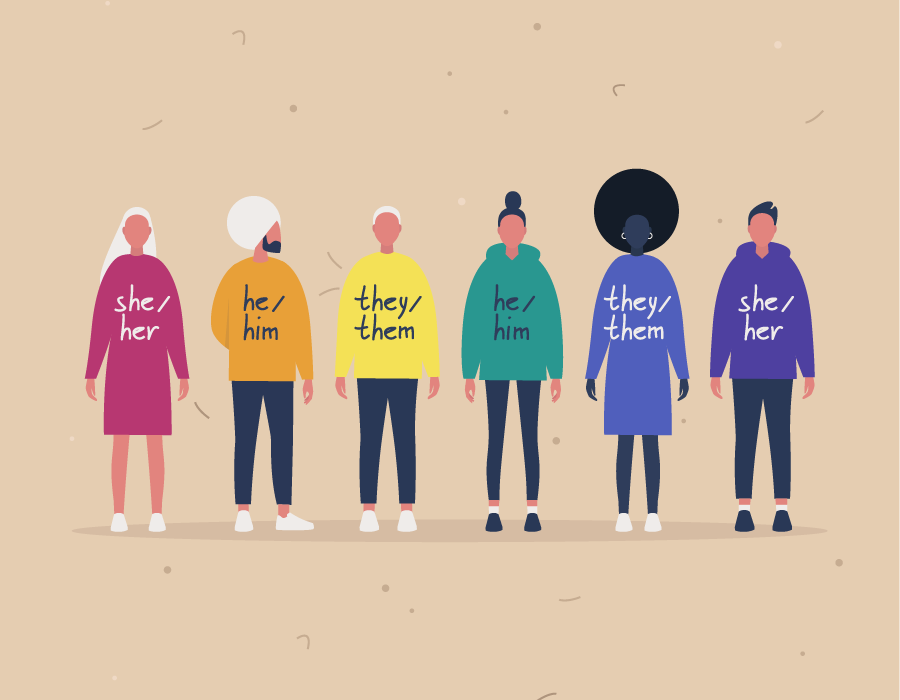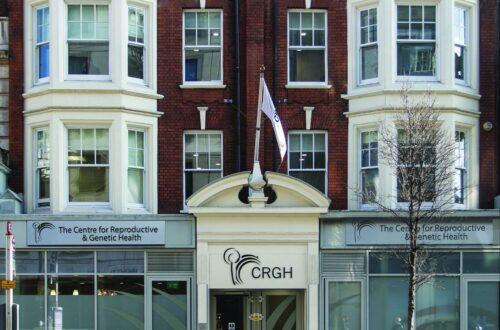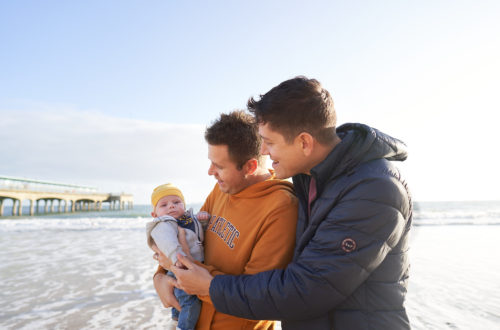
First census estimates on gender identity and sexual orientation

You may even remember my little award from Census 2021 as I was awarded one of the 21 Purple Plaques to honour Census 21 Heroes; UK people that have helped their community. Check it out here!
Anyway, enough about me. For the first time, a census of England and Wales asked people about their sexual orientation and gender identity. These new figures will be vital in helping shape services in years to come. We have made history, folks!
There are 262,000 people living in England and Wales in March 2021 who identified with a gender different from their sex registered at birth, according to the latest Census 2021 figures out today.
We are now visible!
For the first time, a census of England and Wales asked people about their sexual orientation and gender identity. These new figures will be vital in helping shape services in years to come.

There were responses from 45.7 million (94.0%) of people aged 16 years and over to the voluntary question “Is the gender you identify with the same as your sex registered at birth?.” Some 45.4 million (93.5%) answered “Yes,” while a total of 262,000 people (0.5%) answered “No,” indicating that their gender identity was different from their sex registered at birth. Within this group:
- 118,000 (0.24%) answered “No” but did not provide a write-in response
- 48,000 (0.10%) identified as a trans man
- 48,000 (0.10%) identified as a trans woman
- 30,000 (0.06%) identified as non-binary
- 18,000 (0.04%) wrote in a different gender identity
The remaining 2.9 million (6.0%) did not answer the question on gender identity.
Meanwhile, the ONS also asked a voluntary question on sexual orientation for the first time for those aged 16 years and over.
In total, 44.9 million people (92.5%) answered the question. Around 43.4 million people (89.4%) identified as straight or heterosexual, and 1.5 million people (3.2%) identified with an LGB+ orientation (“Gay or Lesbian,” “Bisexual” or “Other sexual orientation”). In total:
- 748,000 (1.5%) described themselves as gay or lesbian
- 624,000 (1.3%) described themselves as bisexual
- 165,000 (0.3%) selected “Other sexual orientation”
Of those who selected “Other sexual orientation,” the most common write-in responses included:
Another 10,000 (0.02%) wrote in a different sexual orientation, while the remaining 3.6 million people (7.5%) did not answer the question.
Having these first census estimates about the population [of England and Wales} in relation to gender identity, as well as sexual orientation at local level, is crucial
Jen Woolford, ONS
“They will ensure decision-makers have the best information so they can better understand the extent and nature of disadvantage which people may be experiencing in terms of educational outcomes, health, employment, and housing.
“This is just the first snapshot. In future analysis we will be exploring sexual orientation and gender identity by key demographic variables, such as age and sex, as well as employment, health, education and ethnicity, among others.”

Gender identity
Eight of the 10 local authorities with the largest proportion of the population aged 16 years and over whose gender identity was different from their sex at birth were in London, with Newham (1.51%) and Brent (1.31%) having the highest proportions. The two non-London local authorities with the highest proportions were Oxford (1.25%) and Norwich (1.07%). In Wales, the local authorities with the highest percentages were Cardiff (0.71%) and Ceredigion (0.70%).
In terms of specific gender identities, Brent and Newham also had the highest percentages who identified as a trans man (0.28% and 0.25%, respectively), while Barking and Dagenham had the highest percentage who identified as a trans woman (0.25%).
In Wales, Cardiff had the highest percentage who identified as a trans man (0.12%), and had the highest percentage who identified as a trans woman (0.13%).
The five local authorities with the highest proportion of the population aged 16 years and over who identified as non-binary were all outside London. Brighton and Hove had the highest percentage (0.35%), followed by Norwich (0.33%) and Cambridge (0.26%). Ceredigion (0.23%) had the highest percentage of people who identified as non-binary of any local authority in Wales.
Sexual orientation
The local authority with the largest LGB+ population among those aged 16 years and over was Brighton and Hove (10.7%). Seven of the other local authorities in the top 10 were in London, with the largest LGB+ populations residing in the City of London (10.3%), Lambeth (8.3%), and Southwark (8.1%). In Wales, the local authorities with the largest LGB+ populations were Cardiff (5.3%), Ceredigion (4.9%), and Swansea (3.4%).





